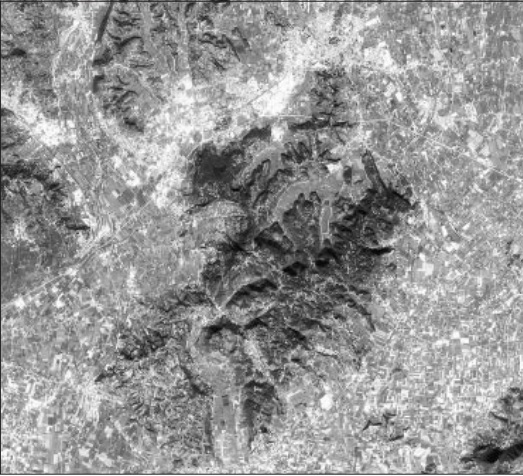The Monti Berici: A Peculiar Type of Karst in the Southern Alps
DOI:
https://doi.org/10.3986/ac.v31i3.382Abstract
Hribovje Monti Berici predstavljajo najjužnejšo kraško morfološko enoto Južnih Alp in obenem svojski tip krasa. Analiza njihove topografije, ugotavljanje morfostratigrafskih ostankov uravnanih površij in različnih rečnih oblik, zaznavanje nekaterih elementov, pomembnih za kronologijo, predstavljenih v tem sestavku, so dovolj, da si je mogoče zamisliti predhodni model geomorfološkega razvoja te gorske skupine. Vodilni morfogenetski elementi so fluvialnega izvora in jih ne določajo le spremembe klime, ampak tudi tektonsko dviganje in/ali spremembe baznega nivoja. Kraške oblike so se razvile predvsem na ostankih fluvialnih oblik ali v skladu z razmeroma neaktivnimi fluvialnimi oblikami. Starost glavnih oblik se razteza čez zelo dolgo obdobje, verjetno v razponu 15 milijonov let. Da so se te zelo stare oblike lahko ohranile, je mogoče razložiti s svojskim geomorfološkim okoljem, ki ga ni zajela poledenitev tekom pleistocena. Primerjava razvojnih modelov večih kraških morfostruktur v Južnih Alpah pomaga razumeti razlike v njihovem geomorfološkem oblikovanju.
The Monti Berici constitute the most southerly karst morpho-unit of the Southern Alps and a peculiar type of karst. The analysis of their topography, the identification of a »morpho-stratigraphy« of the relicts of surface planation and of the different types of fluvial forms, and the recognition of the few elements of chronological significance present in this context, allow the delineation of a preliminary model of the geomorphological evolution of this mountain group. The main morphogenetical elements are of fluvial origin and have been determined, not only by the climatic changes, but also by the tectonic uplifting and/or by changes of the base level. The karst landforms have mostly evolved on the relict fluvial forms or in the context of relatively inactive fluvial forms. The age of the main forms extends over a very long time span, probably in the order of 15 millionyears. The preservation of very old forms can be explained by the peculiar geomorphological environment which was not affected by glacial erosion during the Pleistocene. The comparison of the evolution models of several karst morpho-units in the Southern Alps helps to understand the differences in their geomorphological styles.
Downloads

Downloads
Published
How to Cite
Issue
Section
License
Authors guarantee that the work is their own original creation and does not infringe any statutory or common-law copyright or any proprietary right of any third party. In case of claims by third parties, authors commit their self to defend the interests of the publisher, and shall cover any potential costs.
More in: Submission chapter




